Endangered Species Day: Top 10 Animals at Greatest Risk of Extinction
As 16 May marks the world day of endangered species, IBTimesUK looks at the 10 animals most at risk of extinction.
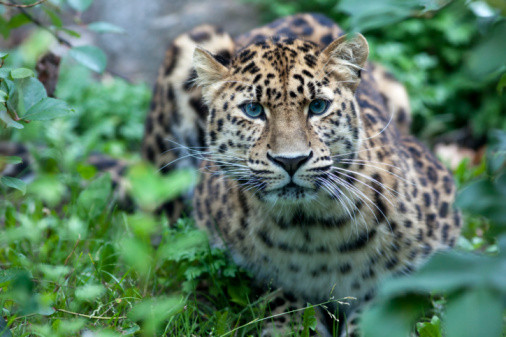
Amur leopard
Native to southeastern Russia and Jilin province in northeast China, this feline is under threat from hunting for sport and for Chinese medicine and from intensive logging.
In an effort to save the leopard, Russian and Western conservation organisations created The Amur Leopard and Tiger Alliance, which operates in northeast Asia.
Since 1996 the idea of reintroducing these leopards in the south of Sikhote-Alin, Siberia, has been discussed by members but the plan has not been carried out.
There are just 30 Amur leopards alive, according to WWF.

Black rhino
Native to eastern and central Africa. A subspecies, the western black rhino, was declared extinct in 2011.
In 1900 there were several hundred thousand black rhino in Africa. During the latter half of the 20th century the number was reduced to an estimated 70,000.
According to WWF, European hunters are responsible for the early decline of black rhino populations.
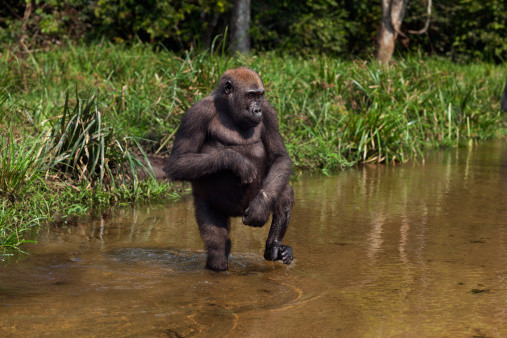
Cross River gorilla
A subspecies of the western gorilla, this animal lives only in the forested hills and mountains of the Cameroon-Nigeria border region at the headwaters of the Cross River.
The region is also characterised by the presence of humans who clear forests for timber and create fields for agriculture and livestock.
Poaching occurs in the forests and the loss of even a few of these gorillas has a detrimental effect on such a small population, WWF said.
There are an estimated 300 Cross River gorillas alive.
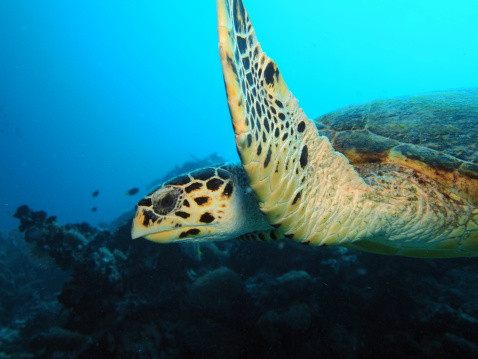
Hawksbill Turtle
The hawksbill turtle is found mainly throughout the world's tropical oceans, predominantly in coral reefs.
This animal has been extensively poached for its shell for decoration, WWF said.
While exact populations are unknown, between 20,000 and 23,000 nesting females are estimated to be alive.
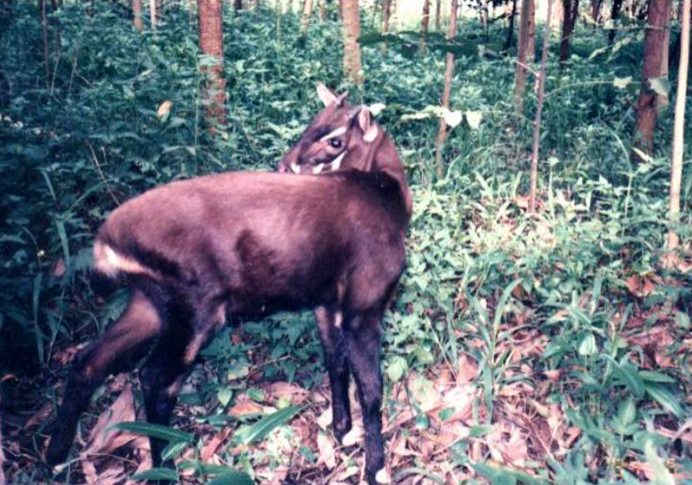
Saola
One of the world's rarest mammals, the saola was discovered in May 1992 during a joint survey carried out by the Ministry of Forestry of Vietnam and WWF in north-central Vietnam.
This animal can be only found in the Annamite mountains of Vietnam and Laos. All known captive saolas have died, leading to the belief that this species can never live in captivity. The total Saola population is less than 750.

Mountain gorilla
Mountain gorillas live in forests high in the mountains in central Africa.
Its thick fur helps it survive in a habitat where temperatures often drop below freezing.
But as humans have moved more and more into the gorillas' territory, it has been pushed farther up into the mountains for longer periods and forced to endure dangerous and sometimes deadly conditions, WWF said.
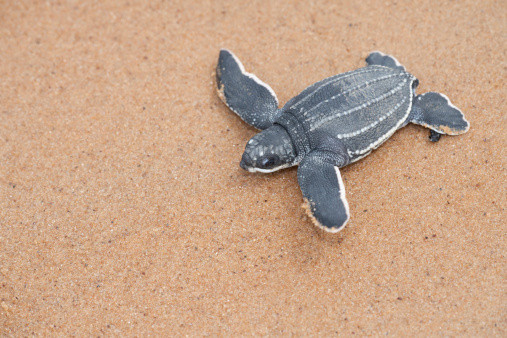
Leatherback turtle
Being the largest sea turtle species and also one of the most migratory, leatherback turtle lives in both the Atlantic and Pacific Oceans.
The numbers of leatherback turtles has seriously declined during the last century as a result of intense egg collection and fisheries bycatch, WWF said.
While exact populations are unknown,
the Pacific may now have as few as 2,300 adult Leatherback females.

Javan rhino
There are just 35 Javan rhinos in Ujung Kulon National Park at the western tip of Java in Indonesia.
The main factor behind their continued has been poaching for horns - a problem that affects all rhino species.
Loss of habitat because of agriculture has also contributed to its decline, though this is no longer as significant a factor because these rhinos only live in one nationally protected park.
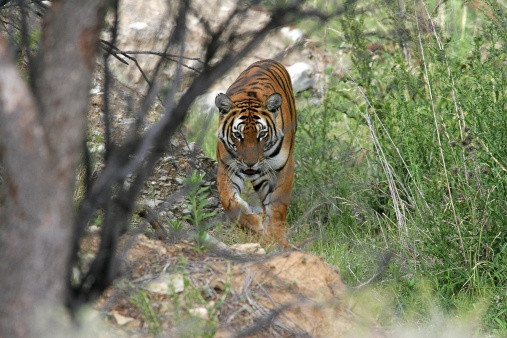
South China tiger
The South China tiger population was estimated at 4,000 individuals in the early 1950s. Over the next few decades, thousands were killed as the subspecies was hunted as a pest, WWF said.
The NGO Save China's Tigers, with the support of China's State Forestry Administration has developed a plan to reintroduce captive-born tigers into large enclosures in southern China. The main concerns regarding the reintroduction are the availability of suitable habitat and adequate prey.
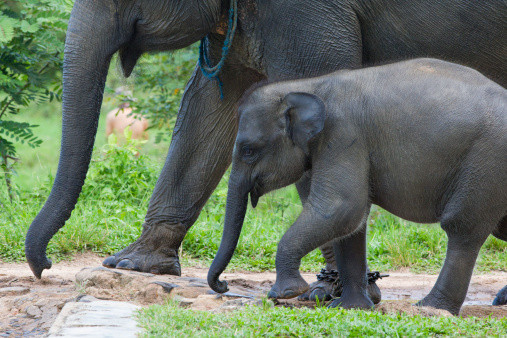
Sumatran elephant
Native to the eponymous Indonesia island, the Sumatran elephant is threatened by habitat loss, degradation and fragmentation, and poaching.
In 2004, the Tesso Nilo National Park has been established in Riau Province to protect the Sumatran elephant's habitat. This forest is one of the last areas large enough to support a viable population of elephants.
© Copyright IBTimes 2025. All rights reserved.






















